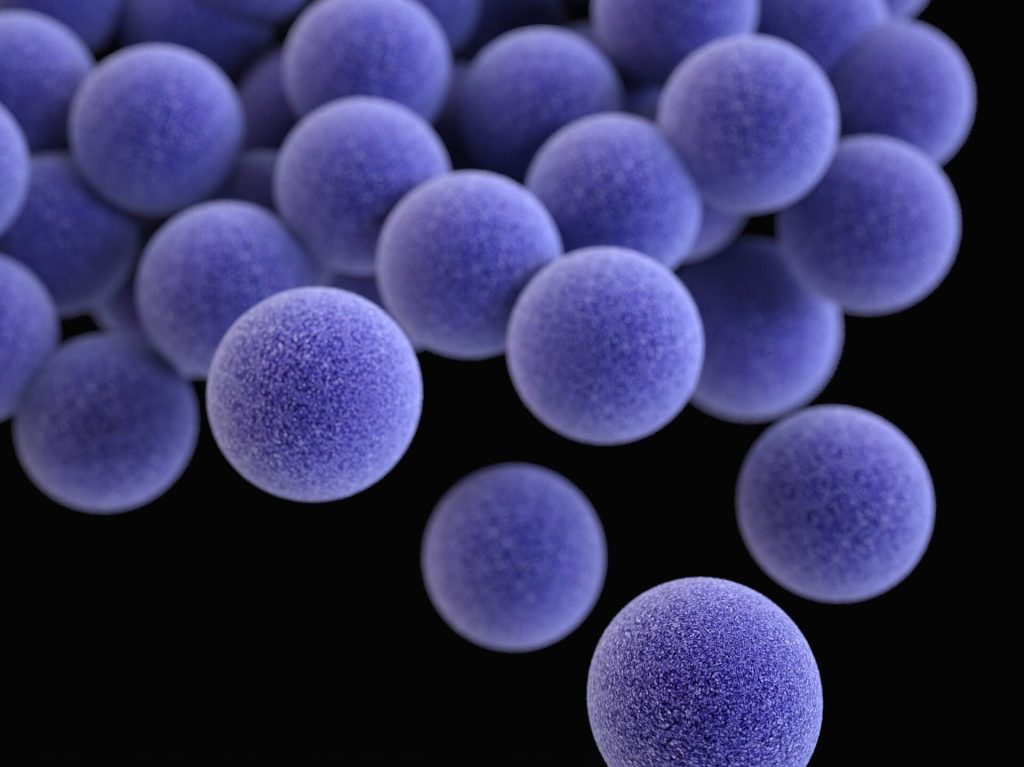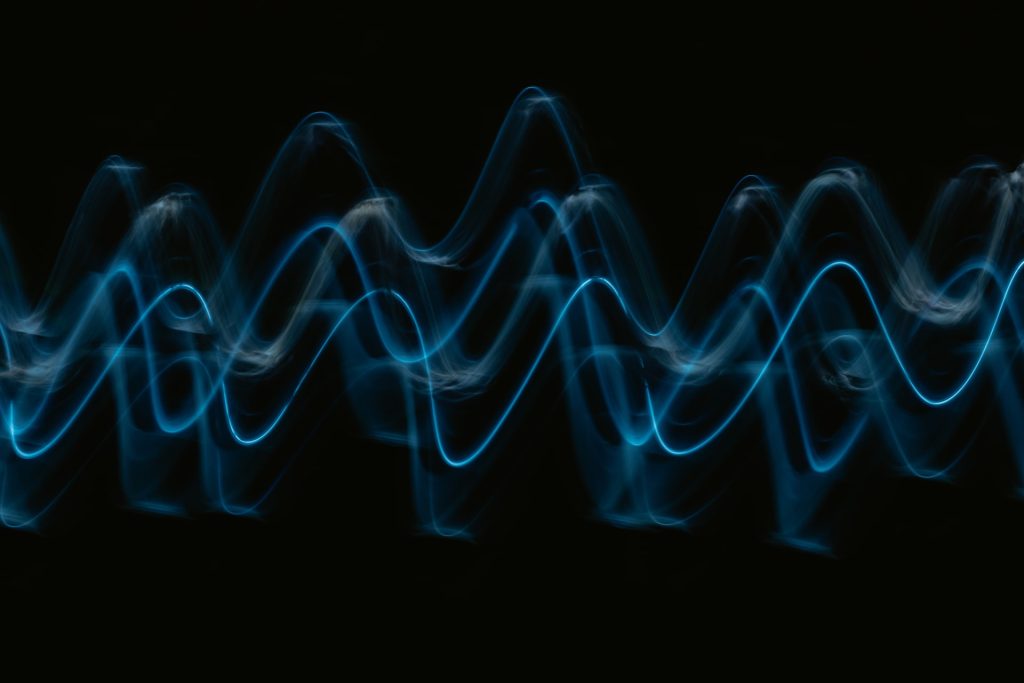Government Announces 1200 New Doctor Positions – But Nursing Loses out

In a move that will come as a relief for the hundreds of unemployed doctors currently seeking positions within public healthcare, the Department of Health has announced the creation of 1650 new positions for healthcare professionals. The move includes 1200 new positions for doctors – but only 200 for nurses.
Health Minister Dr Aaron Motsoaledi made the announcement at a media briefing on Thursday 10 April.
“We believe we’re in a position to announce today that the council has approved the advertisement of 1200 jobs for doctors, 200 for nurses and 250 for other healthcare professionals,” Motsoaledi stated. This would come with a cost of R1.78 billion – out of a healthcare budget that has not risen in line with inflation.
Jobless doctors picketed earlier this year as more than 1800 were left in limbo without positions – the true number is likely higher. The South African Medical Association (SAMA) had sent an urgent letter to President Cyril Ramaphosa, warning that if the problem was not addressed, doctors would leave for the private sector or emigrate, leading to the collapse of the public healthcare sector.
The road to specialisation had also been made more challenging by the shortage of positions, with junior doctors have been taking unpaid roles. Such unpaid work does not count toward the registrar component of specialisation and largely only serves to bump up the doctor’s CV by, for example, enabling them to apply for diplomas. Hiring freezes also saw GPs unable to move into government positions, and the limited number of registrar positions has also by some accounts become a bottleneck, with no additional registrar positions added for the past 10–15 years.
Regarding the loss of US funding for HIV programmes, he said that there was a buffer of stock for ARVS, and that “no person needing ARVs would lack” those drugs.
But the small number of new nurse positions was not well received. The Democratic Nursing Organisation of South Africa (DENOSA) was particularly unimpressed given the pressure on overburdened nurses.
DENOSA spokesperson Sonia Mabunda-Kaziboni said, “In the face of a nationwide crisis of nurse shortages, this announcement is not only shockingly inadequate but downright insulting to the nursing fraternity.”
Calling it a “slap in the face”, she continued: “The shortage of nurses in South Africa is nothing short of a devastating crisis. The Free State alone faces a 28% vacancy rate, and similar figures are reflected in other provinces such as the Eastern Cape. National projections estimate that South Africa could be short by over 100 000 nurses by 2030 if urgent interventions are not made.”
DENOSA plans to “name and shame” institutions that have become “dangerous to communities” as a result of unresolved poor conditions.





